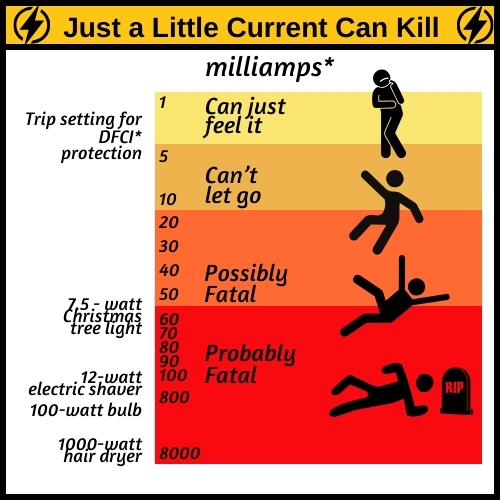Stay Safe: Electric Safety Awareness in May and Beyond
As we observe Electric Safety Month this May, it’s crucial to raise awareness about the potential dangers of electrical systems and empower individuals with the knowledge to stay safe. In our previous article, we explored the evolution of electrical currents and the importance of understanding the safety benefits of alternating current (AC) in the context of renewable energy. Now, let’s delve deeper into the critical topic of DC current safety and discuss essential safety tips for emergencies in photovoltaic (PV) systems.
The Power of DC Current:
Direct current (DC) plays a vital role in powering renewable energy technologies such as solar panels and batteries. While DC systems offer numerous benefits, including efficiency and sustainability, they also pose unique risks that cannot be ignored. Unlike AC current, which alternates direction, DC current flows steadily in one direction, making it particularly dangerous in certain situations.
A Little Current Can Kill:
The adage “a little current can kill” serves as a stark reminder of the lethal potential of electricity, especially in DC systems. Even a seemingly small amount of current can have devastating consequences if it passes through the human body. Electrocution incidents involving DC or PV systems highlight the urgent need for heightened awareness and safety measures to prevent tragic accidents.
Basic Safety Tips for PV Systems:
When it comes to safety in PV systems, preparation and caution are key. Here are some basic safety tips to keep in mind:
- Emergency Shutdown Procedures: Familiarize yourself with the emergency shutdown procedures for PV systems, including how to safely de-energize the system in case of an emergency.
- Personal Protective Equipment (PPE): Always wear appropriate PPE, such as insulated gloves and safety glasses, when working with PV systems to protect yourself from electrical shocks and arc flashes.
- Arc Flash Prevention: Take steps to prevent arc flashes by following proper installation and maintenance procedures, including regular inspections of electrical components and connections.
- Fire Safety: Be vigilant about fire safety in PV installations by keeping the area clear of debris and vegetation that could pose a fire hazard. Install fire detection and suppression systems as an added layer of protection.
- Training and Education: Invest in comprehensive training and education for yourself and your team to ensure everyone understands the risks associated with working on PV systems and knows how to respond in emergencies.
Honoring the Past, Building a Safer Future:
As we reflect on the history of electrical safety, let us pay tribute to the first casualties recorded in history, honoring their memory by committing to be safer and smarter in the workplace. By prioritizing safety, investing in education, and implementing best practices, we can create a culture of safety that protects lives and prevents accidents. Intresting read is the War of Currents Wikipedia
Conclusion:
This Electric Safety Month and beyond, let’s make safety a top priority in all aspects of our lives, especially when working with electrical systems like PV installations. By understanding the risks associated with DC current, practicing basic safety tips, and honoring the lessons of the past, we can ensure a safer, brighter future for everyone.

